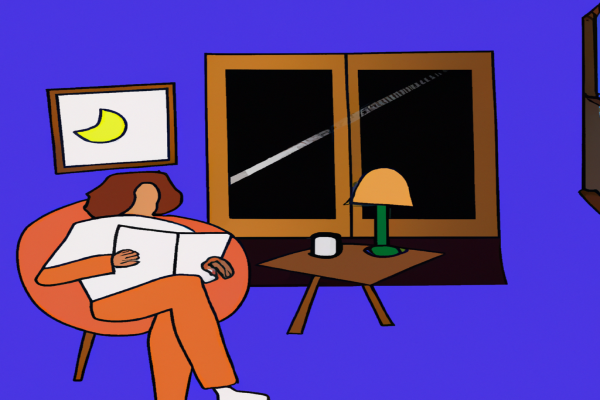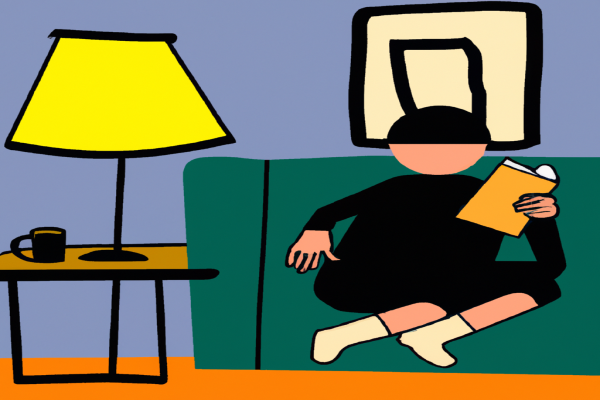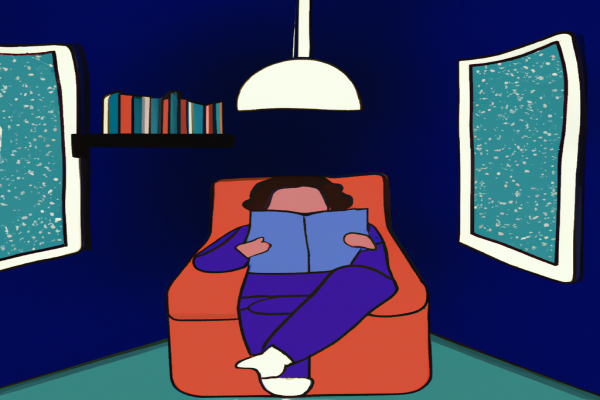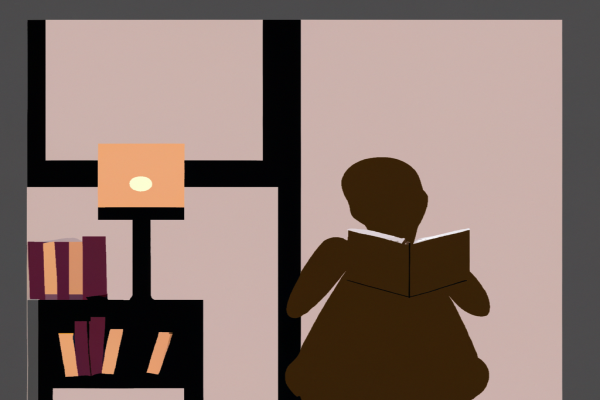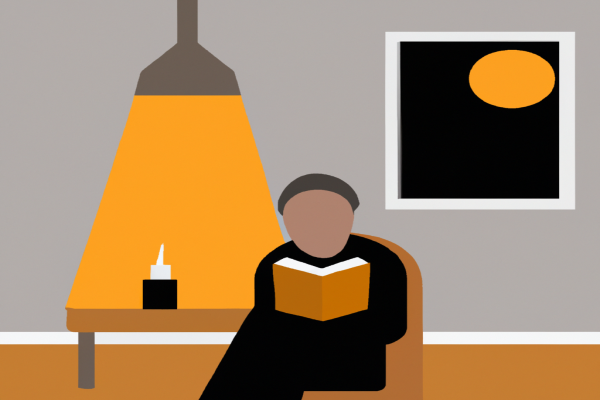A Tale of Two Cities: Summary
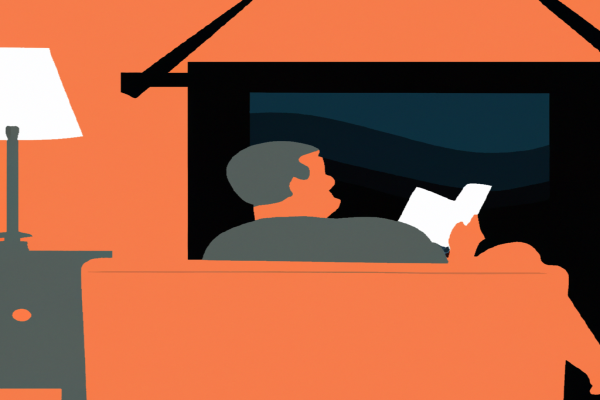
A Tale of Two Cities is a classic novel by Charles Dickens set in the late 18th century. The story follows the intertwined lives of Dr. Manette and his daughter Lucie, the Darnay family, and the Defarges of Paris and London. Dr. Manette was once unfairly imprisoned in France for many years, and after his release he moves to London with Lucie. Years later, when Charles Darnay travels to Paris, he is arrested for treason due to his aristocratic heritage and sentenced to death. Through a series of events, including a trial at the Court of King's Bench, Darnay is acquitted of all charges. After a long period of struggle and sacrifice, justice is ultimately served for both the Darnays and Dr. Manette.
Want to know more?
What is A Tale of Two Cities about?
A Tale of Two Cities is a classic novel by Charles Dickens, set in London and Paris during the time of the French Revolution. It tells the story of a family divided by loyalty to two different countries, yet ultimately united through their love for each other. The main themes of the book are sacrifice, redemption, revolution, and the power of love. Sacrifice is seen through Sydney Carton's willingness to give up his life for those he loves and his belief that his death will bring about a better future. Redemption is also explored when Carton finds inner peace and redemption after his death when he is remembered for his ultimate act of self-sacrifice. The theme of revolution is seen as the French people fight against injustice and tyranny, while the power of love is shown in the relationships between characters such as Lucie Manette and Sydney Carton.
A Tale of Two Cities: Book Club Questions
- What themes are explored in A Tale of Two Cities?
- How is the French Revolution portrayed in the novel?
- What is the significance of the story's opening line, “It was the best of times, it was the worst of times”?
- What did you think of Sydney Carton's character arc throughout the novel?
- How does A Tale of Two Cities challenge traditional morality and justice?
- In what ways does Charles Darnay's identity cause him to be seen as a hero or villain?
- How does Dickens use imagery and symbols to convey his themes?
- Does A Tale of Two Cities provide any commentary on government or politics?
- What do you think are some of the most memorable scenes and quotes from the novel?
- How do you feel about the ending of A Tale of Two Cities?
What to say about A Tale of Two Cities
- A Tale of Two Cities is a great example of Dickens' ability to capture the grand narrative and intricate details of life in the 19th century.
- The novel's themes of duality and redemption are both timeless and relevant today.
- The characters in A Tale of Two Cities are highly complex, making them extremely interesting to analyze.
- The setting of the story serves as a microcosm for the larger political struggles between England and France during the French Revolution.
- Dickens' writing style gives a unique sense of immediacy and urgency to the events unfolding in the novel.
- The journey of protagonist Sydney Carton is an emotionally powerful examination of morality and human nature.
- A Tale of Two Cities paints a vivid picture of the social injustices that were rampant during this period in history.
- The use of foreshadowing in A Tale of Two Cities creates an atmosphere of anticipation that adds to its dramatic tension.
- Its gripping plot is full of suspenseful twists and turns that keep readers engaged throughout the story.
- Despite its encouraging message, A Tale of Two Cities is ultimately a tragedy that speaks to our capacity for suffering and redemption alike.
Top 5 Quotes from A Tale of Two Cities
- "It was the best of times, it was the worst of times, it was the age of wisdom, it was the age of foolishness, it was the epoch of belief, it was the epoch of incredulity, it was the season of Light, it was the season of Darkness, it was the spring of hope, it was the winter of despair."
- "It is a far, far better thing that I do, than I have ever done; it is a far, far better rest that I go to than I have ever known."
- "A wonderful fact to reflect upon, that every human creature is constituted to be that profound secret and mystery to every other."
- "I see a beautiful city and a brilliant people rising from this abyss; and, in their struggles to be truly free, in their triumphs and defeats, through long long years to come, I see the evil of this time and of the previous time of which this is the natural birth..."
- "It is a farce to call any being virtuous whose virtues do not result from the exercise of its own reason."
Adaptations of A Tale of Two Cities
TV Adaptations: 1. A Tale of Two Cities (1980) - A British mini-series produced by the BBC and starring Sean Bean, Paul Shelley, and Alan Dobie. 2. A Tale of Two Cities (1989) - An American television miniseries produced for CBS, starring Chris Sarandon and Kenneth Cranham. 3. A Tale of Two Cities (2008) - An American adaptation produced for ABC Family, starring Peter Gallagher, Kevin Zegers, and Kiefer Sutherland. Film Adaptations: 1. A Tale of Two Cities (1911) – An American silent film adaptation directed by Charles Brabin and starring Hobart Bosworth, Francis X. Bushman, and Pauline Bush. 2. A Tale of Two Cities (1935) – An American film adaptation directed by Jack Conway and starring Ronald Colman, Elizabeth Allan, Edna May Oliver, and Basil Rathbone. 3. A Tale of Two Cities (1958) – A British/American co-production directed by Ralph Thomas and starring Dirk Bogarde, Dorothy Tutin, Paul Guers, and Jean-Pierre Cassel. 4. A Tale of Two Cities (1980) – An American made-for-television movie directed by Jim Goddard and starring Chris Sarandon, Kenneth More, and Alice Krige. 5. A Tale of Two Cities (1984) – A French/Italian co-production directed by Robert Enrico and starring Klaus Maria Brandauer, Gérard Depardieu, André Dussollier, and Philippe Noiret. Radio Adaptations: 1. The Classic Tales Podcast's "A Tale of Two Cities" - A radio dramatization featuring voice actors from around the world in a production that follows Dickens' novel as closely as possible while compressing it into a 2 hour performance. 2. BBC Radio 4's "A Tale of Two Cities" - An audio adaptation that follows the book faithfully with a cast including Richard E Grant as Mr Lorry, Bill Paterson as Sydney Carton and Stephen Moore as Jarvis Lorry. Podcast Adaptations: 1. Librivox's "A Tale Of Two Cities" - A free podcast version featuring volunteer narrators from around the world reading the full unabridged version of the novel in English language audio format. Theatrical Adaptations: 1. The Royal Shakespeare Company's "A Tale Of Two Cities" - This stage adaptation was written by Mike Poulton and set in its original 19th century backdrop with a contemporary twist to bring out the relevance of Dickens' classic tale to modern audiences today.
Other books by Charles Dickens
- Oliver Twist
- Great Expectations
- David Copperfield
- Bleak House
- Hard Times
- A Christmas Carol
- The Pickwick Papers
- The Old Curiosity Shop
- Nicholas Nickleby
- Martin Chuzzlewit
- Our Mutual Friend
Did you know?
A Tale of Two Cities is the best-selling novel of all time, selling over 200 million copies to date.
